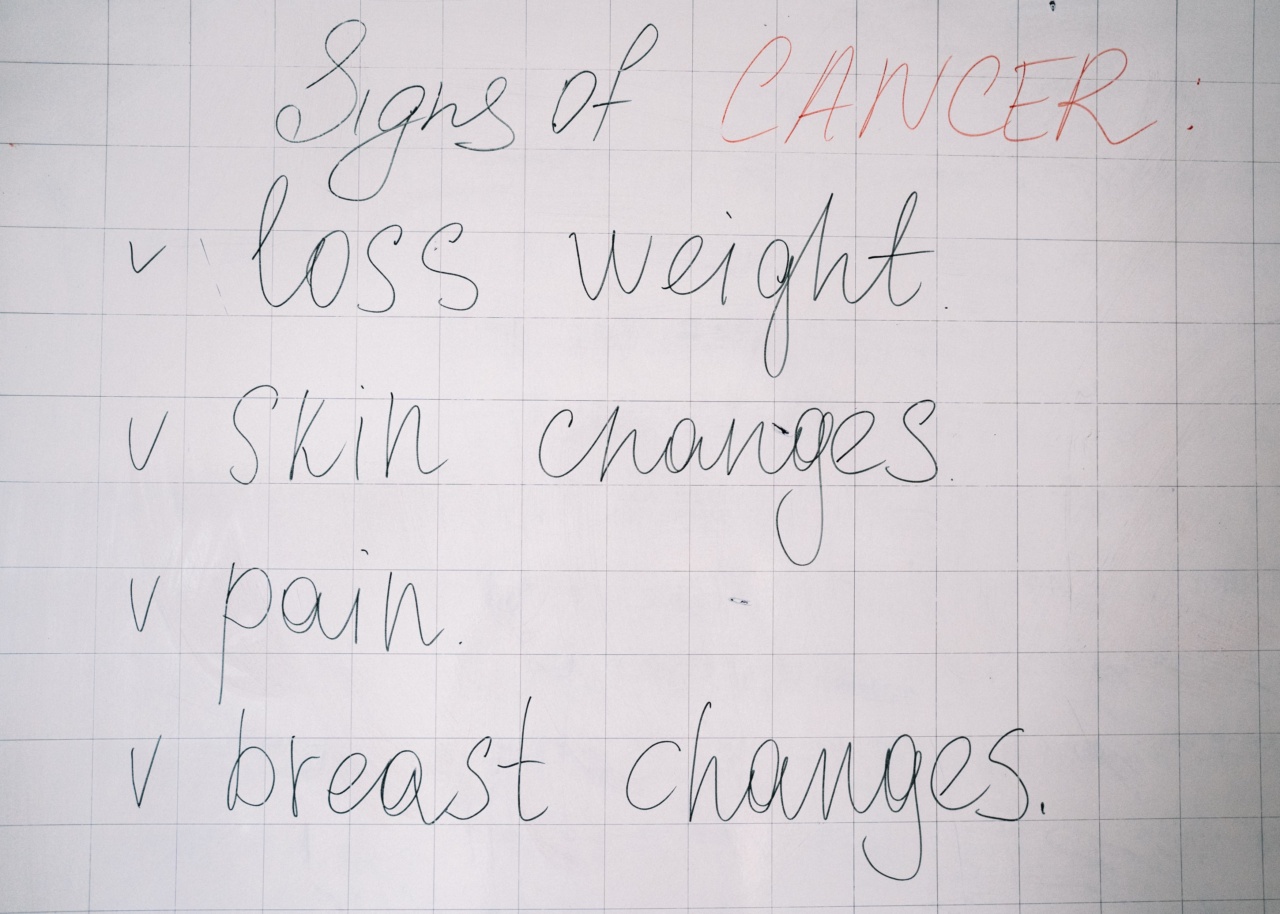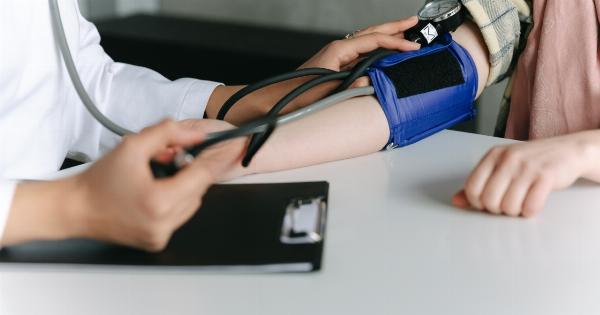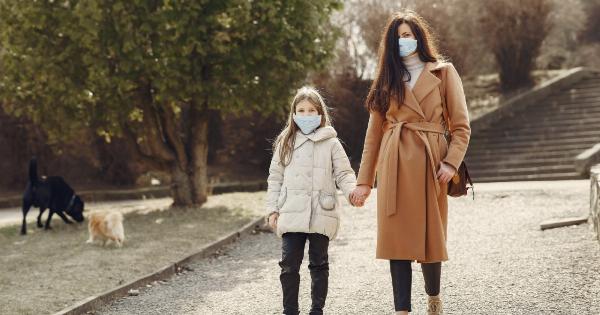Hemoptysis is the medical term for coughing up blood or bloody mucus from the respiratory tract. It can be a frightening symptom, but it may not always be serious.
Hemoptysis can occur due to various underlying conditions, ranging from simple infections to life-threatening diseases such as lung cancer. In this article, we will discuss the common symptoms, causes, and warning signs of hemoptysis.
Symptoms of Hemoptysis
The most obvious symptom of hemoptysis is coughing up blood or bloody mucus. Other symptoms that may accompany hemoptysis include:.
- Chest pain or tightness
- Shortness of breath
- Wheezing
- Fever
- Chills
- Fatigue
- Loss of appetite
- Weight loss
Causes of Hemoptysis
Hemoptysis can occur due to a wide range of underlying conditions. Some common causes of hemoptysis include:.
- Bronchitis
- Pneumonia
- Tuberculosis
- Lung cancer
- Lung infections
- Pulmonary embolism
- Cystic fibrosis
- Bronchiectasis
- Autoimmune disorders
In some cases, hemoptysis may occur due to non-respiratory causes, such as bleeding disorders, heart diseases, or trauma to the chest.
Warning Signs of Hemoptysis
Hemoptysis can be a sign of a serious underlying condition, especially if it is frequent, large in volume, or associated with other symptoms. The following warning signs should prompt immediate medical attention:.
- Coughing up large amounts of blood
- Blood loss leading to lightheadedness or fainting
- Chest pain
- Shortness of breath or difficulty breathing
- Rapid heart rate
- Persistent cough or fever
- Significant weight loss or loss of appetite
Diagnosis of Hemoptysis
Diagnosing hemoptysis involves a thorough medical history, physical examination, and diagnostic tests. The doctor may ask about the duration, frequency, and amount of blood coughed up, as well as any other symptoms or medical conditions.
Physical examination may include listening to the lungs and checking for signs of infection or injury.
Diagnostic tests that may be done include:.
- Chest X-ray
- CT scan or MRI of the chest
- Bronchoscopy: a thin tube with a camera is inserted into the lungs to look for abnormalities
- Sputum culture: a sample of mucus is tested for infections
- Blood tests: to check for bleeding disorders or other underlying conditions
Treatment of Hemoptysis
The treatment of hemoptysis depends on the underlying cause. In some cases, no treatment may be necessary if hemoptysis is mild and resolves on its own.
However, if hemoptysis is severe or associated with a serious underlying condition, treatment may be necessary.
Treatments that may be used include:.
- Antibiotics: for bacterial infections
- Corticosteroids: for autoimmune disorders or inflammation
- Bronchodilators: for wheezing or asthma
- Surgery: for lung cancer or other structural abnormalities
In some cases, supportive care may be needed, such as oxygen therapy or blood transfusions.
Prevention of Hemoptysis
Preventing hemoptysis involves managing the underlying conditions that can cause it. This may include:.
- Quitting smoking
- Managing respiratory infections promptly
- Getting regular check-ups and screenings
- Managing heart diseases or bleeding disorders
Conclusion
Hemoptysis can be a scary symptom, but it may not always be a cause for alarm.
Nevertheless, whenever hemoptysis occurs, it is important to have it evaluated by a medical professional to determine its underlying cause and to rule out any serious conditions. With prompt diagnosis and treatment, most cases of hemoptysis can be managed effectively.






























